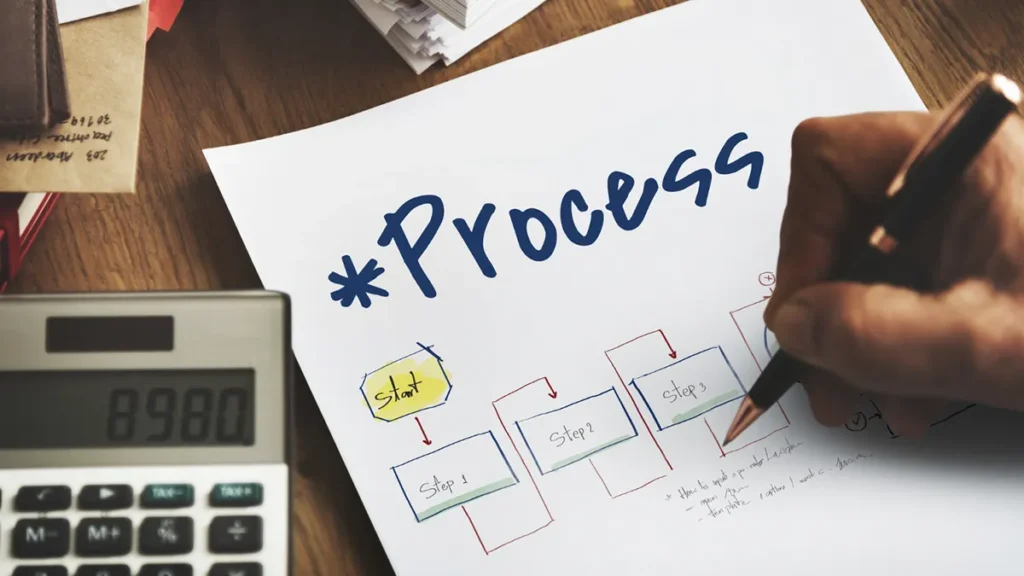Can You Get SNAP in 2025 with $1,800 Monthly Income? Rules & Guide
Sometimes you work hard, but food still feels like a luxury. Life can sometimes seem ridiculous as you go through the struggling days to make both ends meet. The high expenditures make many individuals feel that they may need assistance at some point, particularly with food needs. If your monthly income is $1,800, you might be asking yourself, “If I make $1,800 a month can I get food stamps? Wondering if you qualify? Let’s find out.
SNAP (Supplemental Nutrition Assistance Program), also known as food stamps, is a program that issues electronic benefits that you can use as money to buy food. At $1,800, you may think you would not qualify, but depending on deductions such as rent, childcare, and medical expenses, you may be eligible. This blog covers a step-by-step process that contains all the information you need. Here, you will find details on how SNAP works, and how to apply. We will also provide real-life examples to see where you may find yourself.
What Is Supplemental Nutrition Assistance Program (SNAP)?

The Supplemental Nutrition Assistance Program (SNAP) is a program by the government. It distributes its benefits through an electronic benefit transfer (EBT) card, which operates similarly to a debit card in grocery stores. Moreover, the main purpose of SNAP is to ensure that people are able to purchase food that they are unable to afford on their own. It operates with the goal of preventing hunger and improving nutritious intake.
Do You Qualify at $1,800 a Month?
SNAP has strict income rules for candidates. As their income changes, many people wonder if they are still eligible. SNAP looks at both your gross and net income deductions to see if you are eligible. If your net income exceeds the limits, you may be eligible even if your gross income is $1,800 or more. To determine this, SNAP utilizes gross income and net income.
You might be thinking, “If I make $2,000 a month can I get food stamps?” When the deductions are taken into consideration, the answer can be yes.
Gross Income vs. Net Income
When you apply for SNAP, the government uses both gross income and net income to determine your eligibility for this program.
- Gross income is the money you earn before any deductions are made. This comprises your salary, social security benefits, unemployment compensation and others.
- Net income, on the other hand, is the outcome of certain allowable deductions, such as rent, children’s expenses, medical bills, and light bills. These deductions must be very useful and can help someone earn more money in gross income to be considered eligible for SNAP.
Here is a quick breakdown of key differences between gross income vs. net income:
| Aspect | Gross Income | Net Income |
| SNAP Eligibility | Used as the first step to determine eligibility | Final step in checking if you qualify after deductions |
| Requirement | Must be under 130% of the Federal Poverty Level | Must be under 100% of the Federal Poverty Level |
| Deductions | Not affected by deductions | Directly reduced by deductions |
| Benefits | May disqualify you if slightly over the limit | Can help you qualify even with a higher gross income |
Don’t worry if your gross income is just below the limit. Once your net income is estimated, you might still be eligible.
2024–2025 Monthly SNAP Income Limits by Household Size
The following table explores the SNAP income limits to answer the question: If I make $1,800 a month can I get food stamps?
| HouseholdSize | Gross Monthly Income Limit(130% FPL) | Net Monthly Income Limit (100% FPL) |
| 1 person | $1,580 | $1,215 |
| 2 persons | $2,137 | $1,644 |
| 3 persons | $2,694 | $2.072 |
| 4 persons | $3,250 | $2,500 |
Note: Income limits can vary slightly by state.
5 Deductions That Can Help You Qualify for SNAP in 2025

You might be wondering how to qualify for food stamps. SNAP enables users to subtract some charges to receive net income. Here are the main deductions SNAP considers when determining one’s net income:
- Standard Deduction
All SNAP applicants receive this fixed deduction. The quantity depends on household size. You might wonder, if I make $1,800 a month can I get food stamps for a household of three? If a one-person household loses $198 monthly. This covers daily expenses including food, clothing, and rent.
- Housing Costs
These costs are authorized if you pay rent, mortgage, property taxes, or utilities. Most people’s biggest expense is rent or mortgage. Knowing this, SNAP lets you deduct a portion of these payments, especially if they’re high relative to your income.
- Childcare Expenses
You can claim childcare costs for job, school, or training. Daycare, afterschool, or babysitting. Working parents who want eligibility for SNAP will benefit most from these deductions.
- Medical Expenses
The extra medical expenses of a family member 60 or older or disabled who spends above $35 per month are tax-deductible. Co-payments, medication, medical gadgets, and health center transportation are some examples.
- Child Support Payments
If a dependent received child support from someone outside their household, the income can be subtracted. You pay it personally or by court order. These deductions cut net income and qualify you for the benefits of SNAP.
SNAP’s eligibility is not based on income alone, your assets matter too. If you own property, it’s important to understand how illiquid assets might affect your ability to qualify.
How to Apply for SNAP Benefits: A Simple Step-by-Step Process

Apply for SNAP if you are eligible. The application process is identical in most states, with only slight local variations. Below is an easy step-by-step application process:
Step 1: Check Your Eligibility
- Complete a pre-screening application on your state’s SNAP website or go to the USDA’s page.
- Consider your income, expenses, family size, and residency/citizenship status.
- Even if you think you earn a good income, deductions can drive your earnings below the qualification level.
Step 2: Gather the Required Documents
Before you sign up, obtain the following important documents:
- Identification (ID or driver’s license)
- Social Security numbers (if available)
- Proof of income (such as pay stubs, Social Security, or unemployment insurance)
- Rent, mortgage, or utility bills
- Child care or medical expenses
- Bank statement (if required)
Step 3: Submit Your Application
- Depending on where you live, you may apply for SNAP’s benefit online or in person.
- Go to your state Department of Human Services or SNAP office.
Step 4: Conduct an Interview
- After you apply, someone will contact you to have an eligibility interview.
- This is usually done over the phone or in person.
- A caseworker will interview you and review your application.
Step 5: Wait for an Eligibility Decision
- SNAP offices must respond to your application within 30 days.
- If you are in a crisis situation, you can get the benefits quickly, within 7 days.
- You’ll be sent a decision letter by post or through your online account.
Step 6: Receive and Use Your EBT Card
- If it is approved, you will receive an EBT card by mail
- Your rewards are loaded to the card monthly.
- You can access your EBT balance online, through an app, or by calling the card’s number.
Who Gets SNAP with a $1,800 Monthly Income?
Here are the two real-life examples of how SNAP works:
1: Single Adult with No Dependents
If you are a single adult with no dependents, qualifying for SNAP might not be in your favor. Let’s look into it.
Profile:
- Lives alone
- Works full-time and earns $1,800/month
- If the rent is $600 and the utilities amount to $150.
- No children, no medical expenses
Analysis:
- It is important to note that gross income exceeds the required threshold for a one-person household.
- However, even when rent and utilities are subtracted from it, net income remains too high.
- Not eligible for SNAP
2: Elderly Individual with Medical Costs
Your medical deductions can help you qualify for SNAP.
Profile:
- 68-year-old retiree
- Monthly Social Security income: $1,800
- One will pay $500 rent, $200 for a prescription and a medical visit.
- The person lives alone.
Analysis:
- Gross income slightly above the 1-person limit
- Medical expenses over $35/month are deductible.
- Based on the simulations, net income is relatively low, especially after paying rent, utilities and medical expenses.
- Eligible for SNAP
Conclusion
If you are making $1800 a month, you can still receive SNAP, depending on the number of your family members and other expenses. SNAP considers gross and net income including rent, child care and medical expenses that can reduce the net income to the level that qualifies for SNAP. Regarding the rules, they always depend on your state. So it is recommended that you go through the rules and regulations of your state. SNAP is available for those who may not always be able to make ends meet and feed their families.
To stay updated with daily posts from Founding Startups, follow us today on social media.






